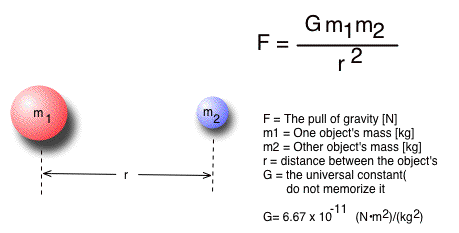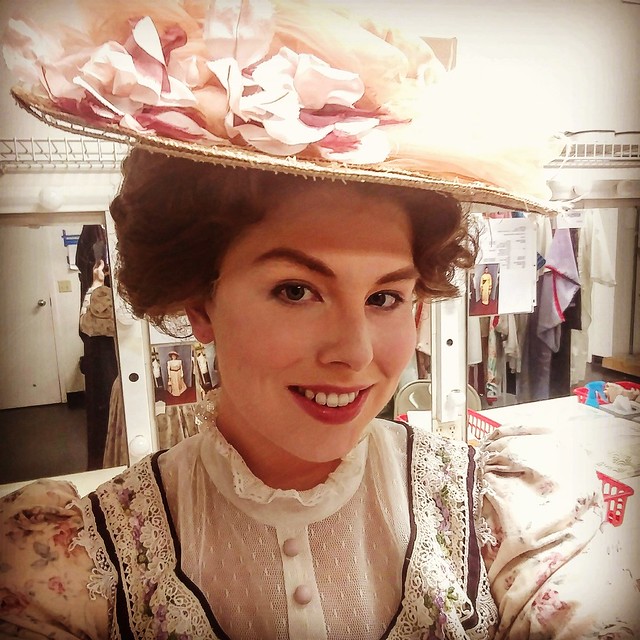 I knew going into Friday I would have a very long day ahead of me. I had errands I needed to run first thing in the morning, so I planned to be late to work. I stayed up past my usual bedtime, keeping my husband company. We watched the inaugural episode of the new Amazon series “The Tick”, which is a remake of the two other Tick series from the 90s and 00s. We also watched the latest episode of “Salvation,” which is shaping up nicely. Not enough science, but plenty of political and personal interactions to keep the layman interested.
I knew going into Friday I would have a very long day ahead of me. I had errands I needed to run first thing in the morning, so I planned to be late to work. I stayed up past my usual bedtime, keeping my husband company. We watched the inaugural episode of the new Amazon series “The Tick”, which is a remake of the two other Tick series from the 90s and 00s. We also watched the latest episode of “Salvation,” which is shaping up nicely. Not enough science, but plenty of political and personal interactions to keep the layman interested.
 I forgot to turn off my alarm but didn’t mind getting up at my normal time of half past five. I did a few minutes of exercise on our elliptical and ran myself through the shower. I avoided logging in to work so I wouldn’t distract myself from the errands I needed to complete. In honor of Monday’s total solar eclipse, I wore my commemorative T-shirt produced by the Astronomical Society of Kansas City. I made sure to grab my ASKC name badge and place it in my car as I would need it for the final event on my Friday schedule.
I forgot to turn off my alarm but didn’t mind getting up at my normal time of half past five. I did a few minutes of exercise on our elliptical and ran myself through the shower. I avoided logging in to work so I wouldn’t distract myself from the errands I needed to complete. In honor of Monday’s total solar eclipse, I wore my commemorative T-shirt produced by the Astronomical Society of Kansas City. I made sure to grab my ASKC name badge and place it in my car as I would need it for the final event on my Friday schedule.
At half past seven, I left and headed north, with a quick side trip through the car wash, which was surprisingly unbusy so early in the morning. I continued north through Lansing and most of Leavenworth until I reached the old county courthouse. I parked in the Justice Center’s parking lot and serendipitously ran into one of my book club friends on her way to work.
 I walked the block back to the old courthouse and grabbed number 45 from the dispenser with about ten minutes wait time before the Treasurer’s office opened. I decided to pay the taxes and fees for my newest vehicle the old-fashioned way – in person and with a handwritten check. The number displayed as being served was 41 so I knew I wouldn’t have long to wait. I made myself comfortable on the old pew-like wooden bench and continued listening to the Dreamsnake audiobook I’d recently checked out via Hoopla.
I walked the block back to the old courthouse and grabbed number 45 from the dispenser with about ten minutes wait time before the Treasurer’s office opened. I decided to pay the taxes and fees for my newest vehicle the old-fashioned way – in person and with a handwritten check. The number displayed as being served was 41 so I knew I wouldn’t have long to wait. I made myself comfortable on the old pew-like wooden bench and continued listening to the Dreamsnake audiobook I’d recently checked out via Hoopla.
Continue reading “Fantastic Fun Friday”


 The anorthosite rock highlands are brighter than the maria basalts. Pulverized by meteoric action, both the basalts of the maria and the anorthosite of the highlands are covered by a blanket of powdered rock, also known as regolith.
The anorthosite rock highlands are brighter than the maria basalts. Pulverized by meteoric action, both the basalts of the maria and the anorthosite of the highlands are covered by a blanket of powdered rock, also known as regolith. 


 I knew going into Friday I would have a very long day ahead of me. I had errands I needed to run first thing in the morning, so I planned to be late to work. I stayed up past my usual bedtime, keeping my husband company. We watched the inaugural episode of the new
I knew going into Friday I would have a very long day ahead of me. I had errands I needed to run first thing in the morning, so I planned to be late to work. I stayed up past my usual bedtime, keeping my husband company. We watched the inaugural episode of the new 






 I am one step closer to cutting the cord. Last month, after nearly a dozen years of DVD home delivery, I switched to a streaming-only
I am one step closer to cutting the cord. Last month, after nearly a dozen years of DVD home delivery, I switched to a streaming-only 